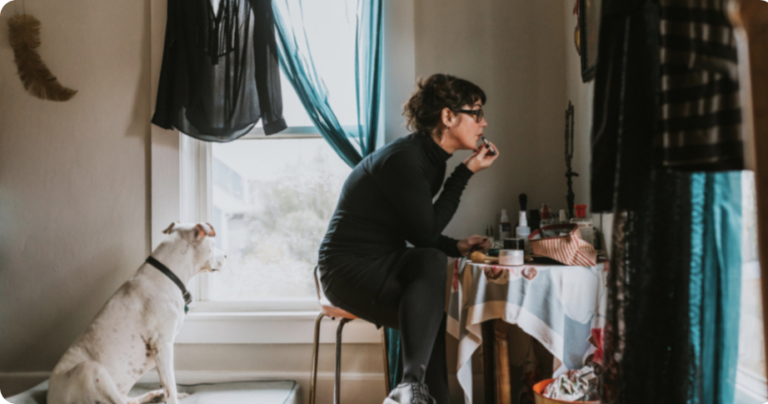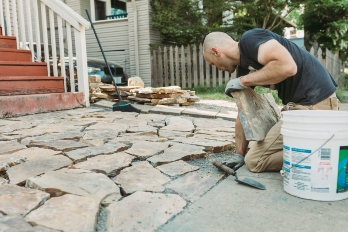Do I need flood insurance?
Basic homeowners insurance covers damage to your home caused by weather events like lightning and hail, and catastrophic events like a fire or explosion (yikes!).
However, most policies don’t protect against flooding (read your policy to find out if yours does).
You’ll probably need to buy a separate flood insurance policy to protect your home and belongings from a flood, and flood insurance may be required by your lender if you live in a high-risk area.
National Flood Insurance Program (NFIP)
In most areas, flood insurance is offered through the NFIP, which is administered by FEMA. Flood insurance is available to anyone living in one of the 23,000 participating NFIP communities. These communities voluntarily agree to adopt and enforce FEMA regulations to help reduce damage from floods.
The amount you’ll pay for NFIP flood insurance is set by the government and won’t vary from agent to agent. The average NFIP flood insurance policy costs about $700 per year but can vary depending on your home’s elevation and location.
What is covered by NFIP insurance?
NFIP insurance can cover your home, your personal belongings, or both. Here are some of the basics for these two types of coverage:
- Building property coverage protects your home’s physical structure and foundation, including plumbing and electrical systems, central air and heating systems, attached bookcases, cabinets and paneling, and your garage even if it’s detached from your home. (If you want to protect other detached structures, you’ll probably need to buy an additional policy.)
- Personal contents coverage covers your clothing, furniture and electronics, curtains, some portable appliances, freezers (and the food in them), and certain valuables, like artwork (up to a specified limit).
There are maximum coverage limits of $250,000 for building property coverage and $100,000 for personal content coverage with NFIP flood coverage.
What is not covered by NFIP insurance?
Typically, the following are not covered by an NFIP insurance policy:
- Moisture or mold/mildew damage that “could have been avoided by the homeowner.”
- Outdoor property such as decks, fences, patios, landscaping, wells and septic systems, and hot tubs and pools.
- Living expenses, like temporary housing (if flooding leaves your home uninhabitable).
- Cars and other self-propelled vehicles (but your auto insurance may offer some protection for your car if you have comprehensive coverage).
Private flood insurance
Regardless of where you live, you’ll likely be able to purchase a private flood insurance policy. Like NFIP coverage, private flood insurance will cover your home and personal belongings and may cover living expenses if you get flooded out of your home (called Loss-of-Use coverage).
Unlike NFIP, however, a private insurer can drop your policy if they decide you’re at risk of filing too many claims. Additionally, the cost of a private insurance policy can vary greatly.
Should I get flood insurance?
Even if you’re not required by a lender to get flood insurance, it may still be the right choice for you. The database FloodFactor.com provides thorough information on your home and neighborhood’s risk.
And if you’re worried about this season’s weather events, you’ll want to act fast. You typically need to wait 30 days for a flood insurance policy to go into effect, though there are some exceptions. For example, if you purchase your policy at the same time you’re taking out a mortgage, the insurance may go into effect immediately.
A local insurance agent (the same person who sells your home or auto insurance) can help understand your situation and help you purchase a flood insurance policy if that’s what you decide to do.
FEMA works with private insurance companies to offer its flood policies, so you’ll contact a local insurance agent or NFIP Direct, not FEMA, for information and a quote. You can also find a provider at FloodSmart.gov/find.
That was a lot to cover, thanks for sticking with us! For more information on how to protect your home from emergencies, check out these posts:






